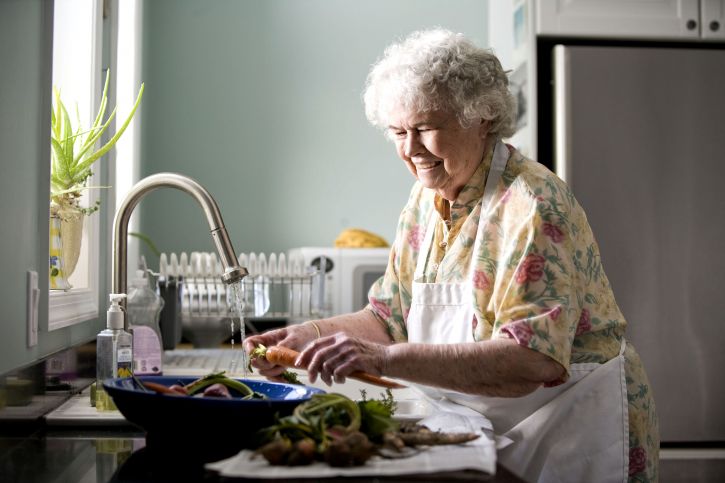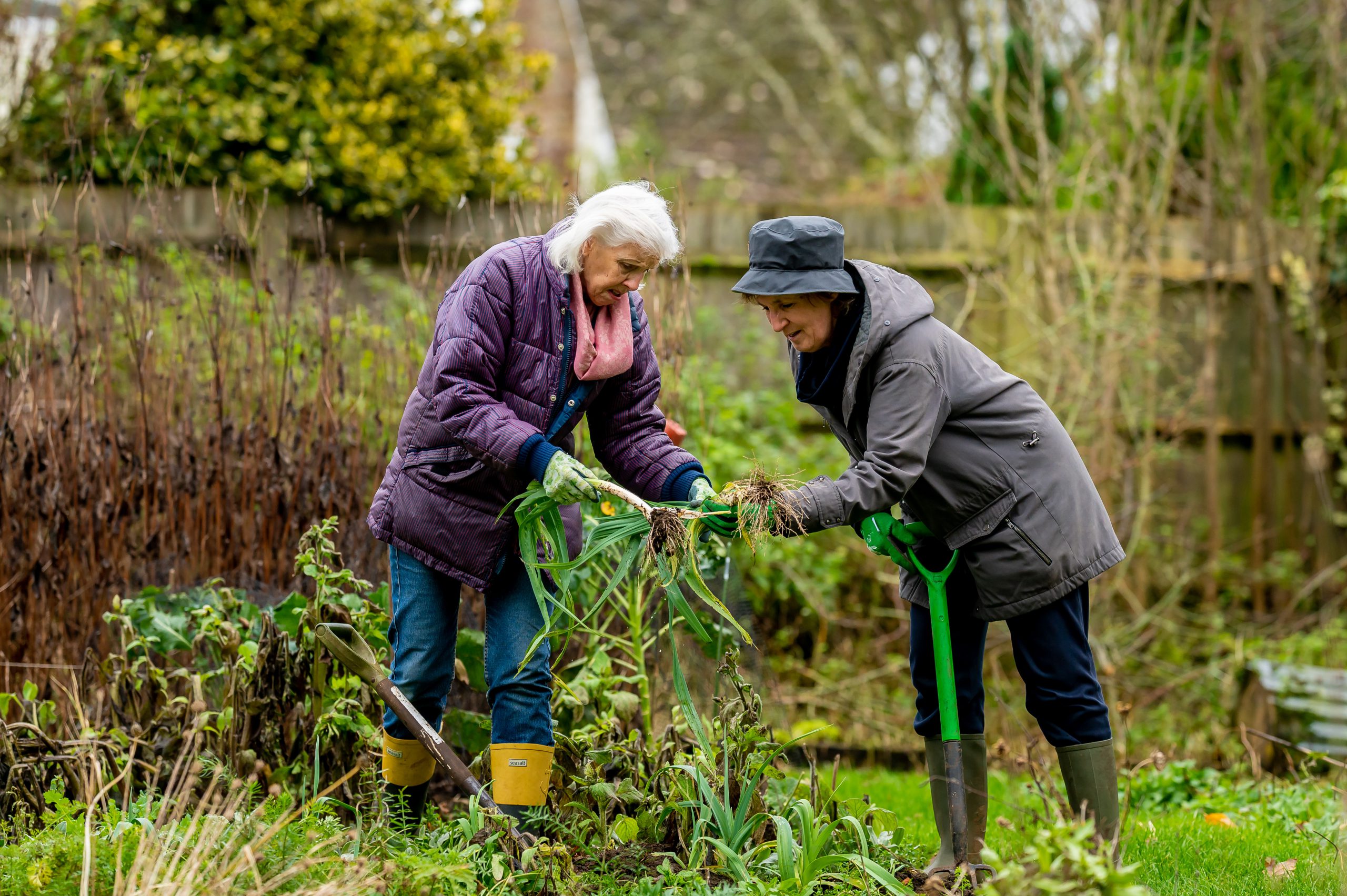Written By: Tammy Jurkins OTR/L, CDP, CADDCT, CMDCP
 As the numbers are growing so must our education so we can facilitate our patients’/clients’ abilities to live in the least restrictive environment safely and successfully for as long as possible. Sometimes people are “aging in place” in their private residences and other times it is in a community that has an independent living community, ALF, Memory Care, and SNF.
As the numbers are growing so must our education so we can facilitate our patients’/clients’ abilities to live in the least restrictive environment safely and successfully for as long as possible. Sometimes people are “aging in place” in their private residences and other times it is in a community that has an independent living community, ALF, Memory Care, and SNF.
Aging in Place in a private residence is many times the preferred option. As therapists, we must provide person-centered interventions to set our patients/clients up for success. How do we do this? First, we need to understand their abilities. What areas are they successful in? Next, what areas do they need assistance in?
We want them to participate in their daily routine to their maximum potential for as long as possible AND as safe as possible.
To provide effective person-centered care, we need to understand the challenges that our patients/clients endure when attempting to “Age in Place” which may include but are not limited to the following:
- Fall Risk
- Sensory Deficits
- Unable to Drive or Lack of Community Transportation
- Isolation
- Indoor or Outdoor Chores
- Home Repairs
- Movement Throughout the Home or Outside
- Lack of Reliable or Educated Trained Caregivers
- Elder Abuse and Neglect
 Next, we need to educate families and caregivers that it is alright to ask for help and to take care of themselves as many will feel guilty for reaching out for assistance. Next, we need to understand their challenges which also may include but are not limited to:
Next, we need to educate families and caregivers that it is alright to ask for help and to take care of themselves as many will feel guilty for reaching out for assistance. Next, we need to understand their challenges which also may include but are not limited to:
- Elopement Risk
- Behaviors
- Lack of Training
- Lack of Resources (or unaware of available resources)
- Feeling Guilty (maybe had to take over driving abilities, feel guilty for needing help, etc.)
- Feeling Overwhelmed and Exhausted.
How can we as therapists help? We need to be PROACTIVE and educate/train our patients, family members, and caregivers to be PROACTIVE. We cannot assume that they understand how to be PROACTIVE. Some examples of proactive interventions include:
- Home Evaluation
- Realistic Goals, Interventions, and Recommendations
- Knowledge of Available Resources and Knowledge of Technology
Finally, we need to remind ourselves as therapists, patients, family members, and caregivers that we need to stay open to learning. As mentioned above this population is growing and many people are choosing to age in place so continuing to learn is helpful for all of us as we need to work as a TEAM to be SUCCESSFUL.
If you are interested in learning more please join me for my upcoming interactive Live Webinar, ADL Care Interventions for Aging in Place, with Summit taking place on Friday, February 3, 2023. This course will help therapists assist patients with successfully “Aging in Place”. With the Geriatric population growing, many people are going to “Age in Place” in their private residence if possible. This course will provide specific interventions to facilitate safe daily routines in their private residence resulting in decreased incidence in falls and hospitalizations.
CLICK HERE to view all upcoming Summit Live Webinars.
Visit summit-education.com for more information.
